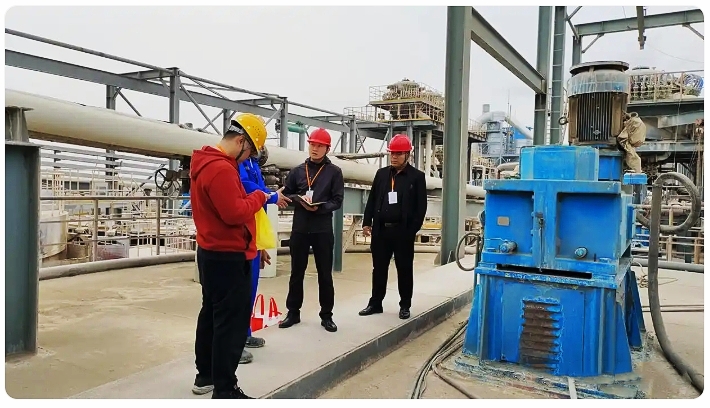What Are You Looking For?
Study on the Effect of Temperature on the Performance of Defoamers
Apr 11, 2025Defoamers are chemicals used to reduce or prevent foam formation and are widely used in various fields of industrial production processes, such as papermaking, printing and dyeing, chemicals, and food processing. Their main function is to destroy formed foam or prevent the formation of foam by reducing the surface tension of the liquid. However, the effect of defoamers is not consistent under all conditions. Temperature, as a key factor, has a significant impact on their effectiveness.
Temperature and Defoamer Mechanism
The mechanism of action of defoamers mainly includes two steps: diffusion and film breaking. First, the defoamer molecules need to diffuse quickly to the gas-liquid interface; second, they must be able to effectively penetrate the foam film and cause it to break. Changes in temperature directly affect the efficiency of these two processes. As the temperature increases, the viscosity of the liquid usually decreases, which helps the defoamer molecules diffuse to the gas-liquid interface faster. However, too high a temperature may increase the volatility of the defoamer, causing it to evaporate before reaching the target location, thereby reducing the defoaming effect.
Effect of temperature on different types of defoamers
Organic silicon defoamers: These defoamers have good thermal and chemical stability and can maintain good defoaming effects at higher temperatures. However, extreme high temperatures (over 250°C) may cause them to decompose or lose activity.
Polyether defoamers: They are suitable for applications in medium and low temperature environments. As the temperature rises, their solubility increases, which may lead to a weakening of the defoaming effect.
Mineral oil defoamers: These defoamers usually perform well at lower temperatures, but are prone to oxidation and deterioration in high temperature environments, affecting their long-term use effects.

Considerations in practical applications
When selecting a defoamer suitable for a specific application scenario, in addition to considering temperature factors, other conditions such as pH value, solution composition, and operating pressure need to be considered comprehensively. For example, in some applications where the defoaming effect needs to be maintained for a long time, even under relatively stable temperature conditions, it is necessary to select a defoamer product with good durability.
Conclusion
In summary, temperature has an important influence on the performance of defoamers. Understanding the performance characteristics of various defoamers under different temperature conditions and rationally selecting and using defoamers based on this is crucial to improving the efficiency and product quality of industrial production. Future research can further explore how to improve the existing defoamer formulations to enhance their adaptability and effectiveness over a wider temperature range.